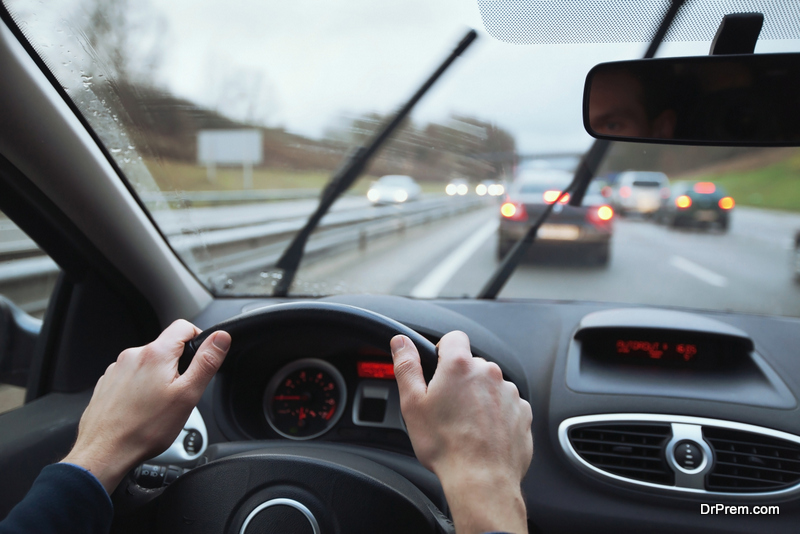Bad weather has a way of causing all sorts of trouble. It knocks out our power, damages our homes, and makes it difficult to get to work. One thing bad weather is particularly good at is causing problems for our cars.
If you live in an area that is prone to bad or severe weather, you’re probably wondering what you can do to help keep your car safe. While you may not be able to protect your car from every natural disaster, there are some things you can do to make it just a little safer.
Park in a Safe Location

One of the easiest things you can do is park in a safe location. Ideally, you’ll have a nice big garage at your home that you can park your car inside of during bad weather. If you don’t, you have a few options. First, you could build a garage or design a carport that fits your needs and will fit in your yard.
Another option is to cover up your car when bad storms are coming, so that it is at least protected from debris blown by the wind. Finally, if all else fails, just be aware of where you park it. Make sure there are no hanging tree limbs directly above it, for example, that might come crashing down.
These same rules apply for when you’re on the road. If you have to park on the side of the street, make sure you’re far enough over that other cars are not likely to hit you. This is sometimes hard if there’s snow on the road, so you may need to find another spot or dig yourself some room.
Again, you should also look up whenever you park out in public. If there are trees or powerlines above your car, it may make sense to find another location to park. Taking a few extra minutes now could be the difference between driving home that night or coming outside to see a tree on top of your car.
Check Your Car Before You Drive
Next up, an important thing you can do is examine your car before you drive. It’s a good idea to do this before bad weather arrives, but if you didn’t get the chance, you can at least do a quick examination during a storm. Before you pull off onto the road, there’s four main things you’ll want to check.
First, make sure there is plenty of tread on your tires. Bald tires can’t grip the road well, especially in bad weather. Second, make sure your windshield wipers are working. If they are broken, you’ll have a hard time seeing out your front window. Third, see that you have enough gas.
You never know what might happen on the roads, and you don’t want to be caught in a storm with a broken down car because you ran out of gas. Finally, test your brakes.
Before you start cruising at high speed, pump the brakes a few times to ensure everything is working. Brakes are especially important in bad weather, so see that yours are working okay before you go.
Driving Safely in Bad Weather

If everything checks out with your car, now you can hit the road. To keep your car safe, you’ll want to practice good driving habits in bad weather. This means obeying the speed limit, always using your turn signal, and having your headlights on. During bad weather it’s important to be extra cautious, as you don’t know what the road might throw at you. There’s a big difference between hitting a patch of black ice at twenty miles per hours versus forty, so take your time when the weather is rough.
If You Can Avoid It, Don’t Drive
Finally, perhaps the best thing you can do during bad weather is simply not drive at all. No matter how many precautions you take, you’re putting yourself and your car at risk when you drive in bad conditions. Check the weather and see if it’s going to let up soon. Maybe you could wait an hour before running out to the store.
Keeping your car safe during bad weather isn’t always possible, but you can at least make it more likely. The key is extra caution. Check your surroundings before your park, make sure your car is in good working condition, drive carefully, and when possible, don’t drive at all. If you can do all of this, you should find that you are able to keep your care relatively safe during any type of weather.
Article Submitted By Community Writer




